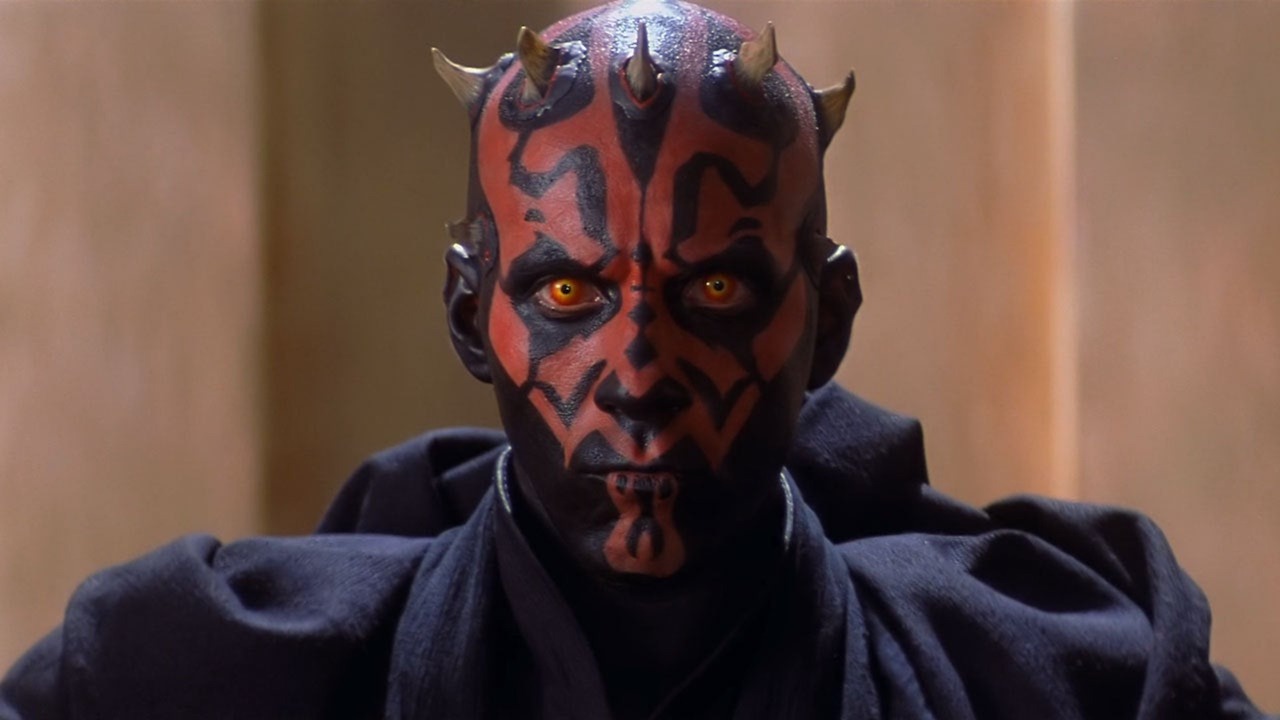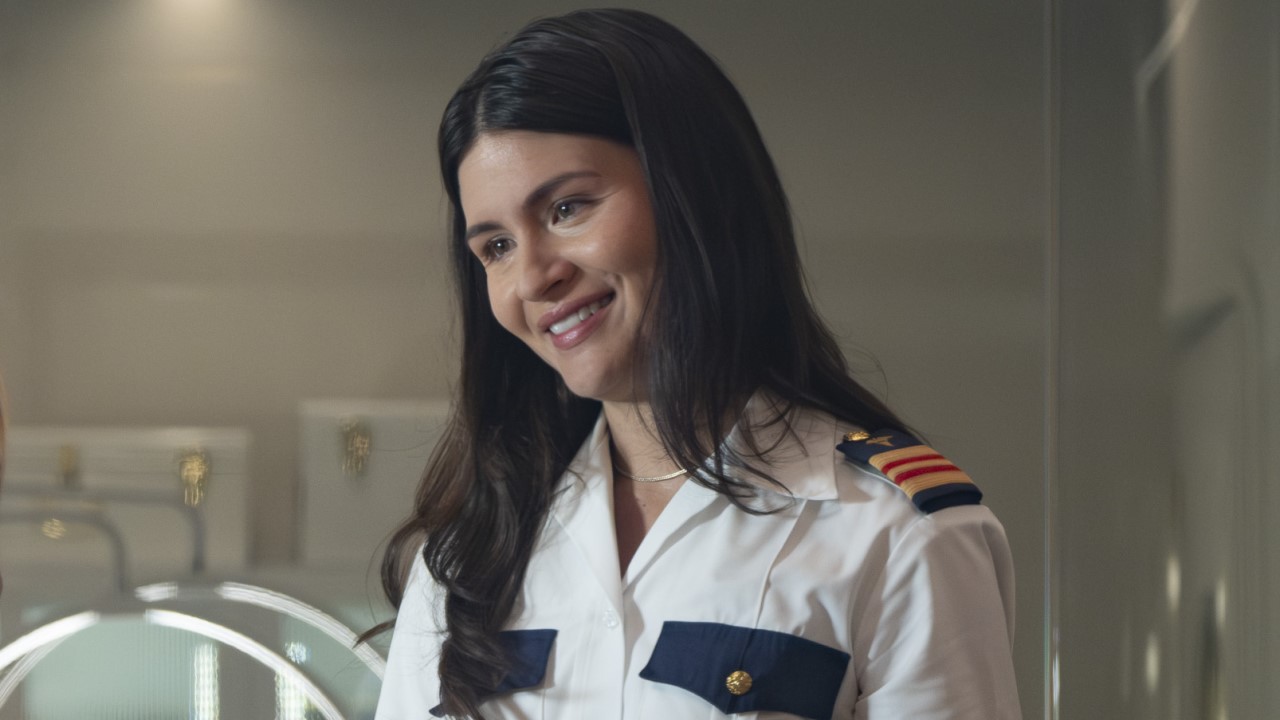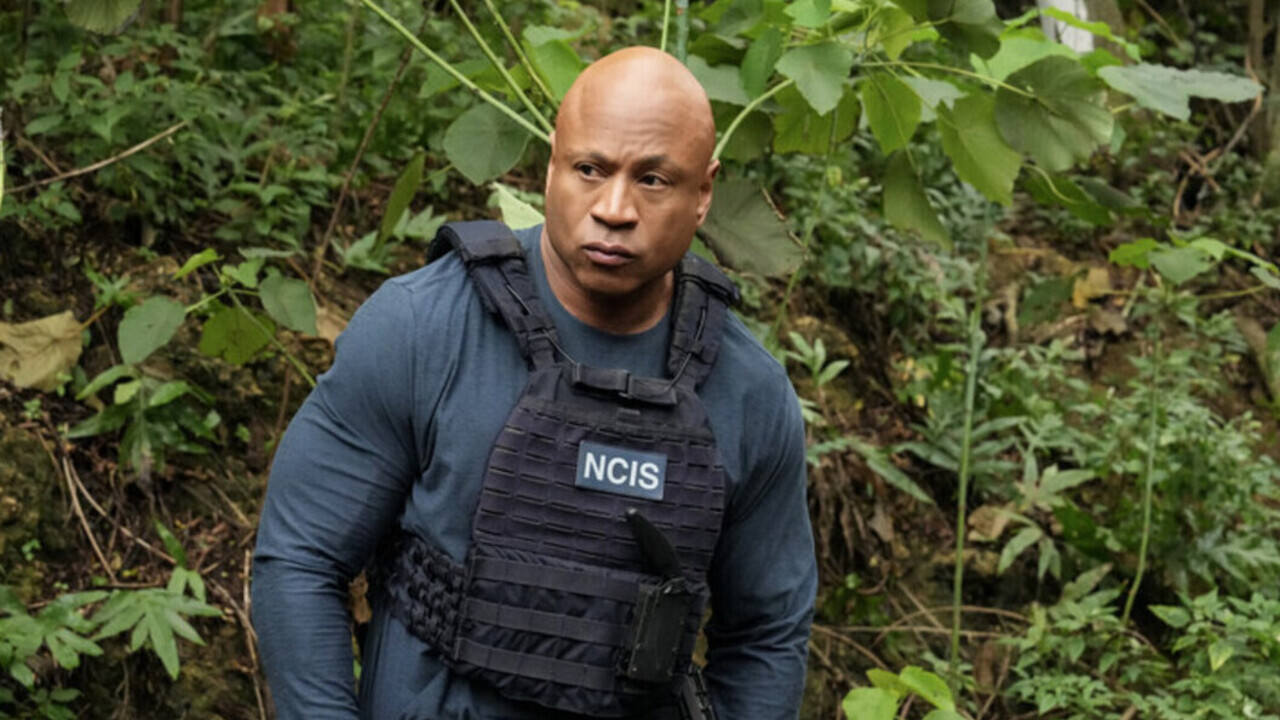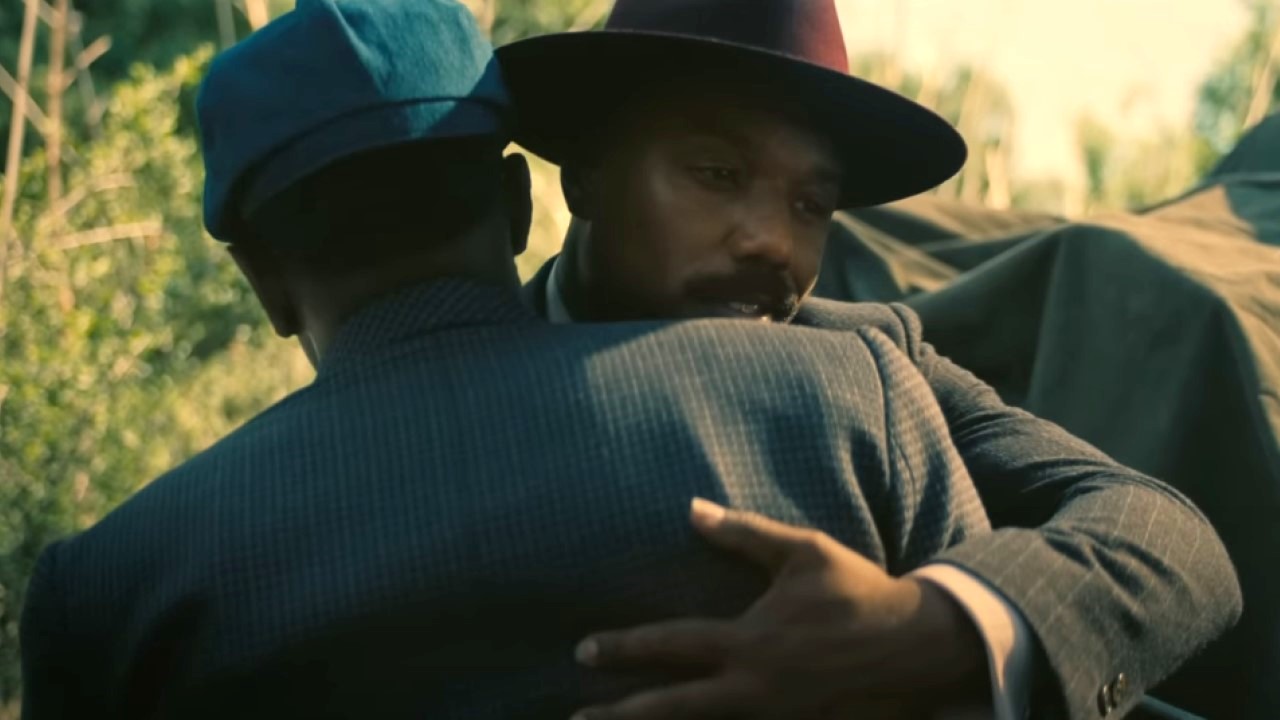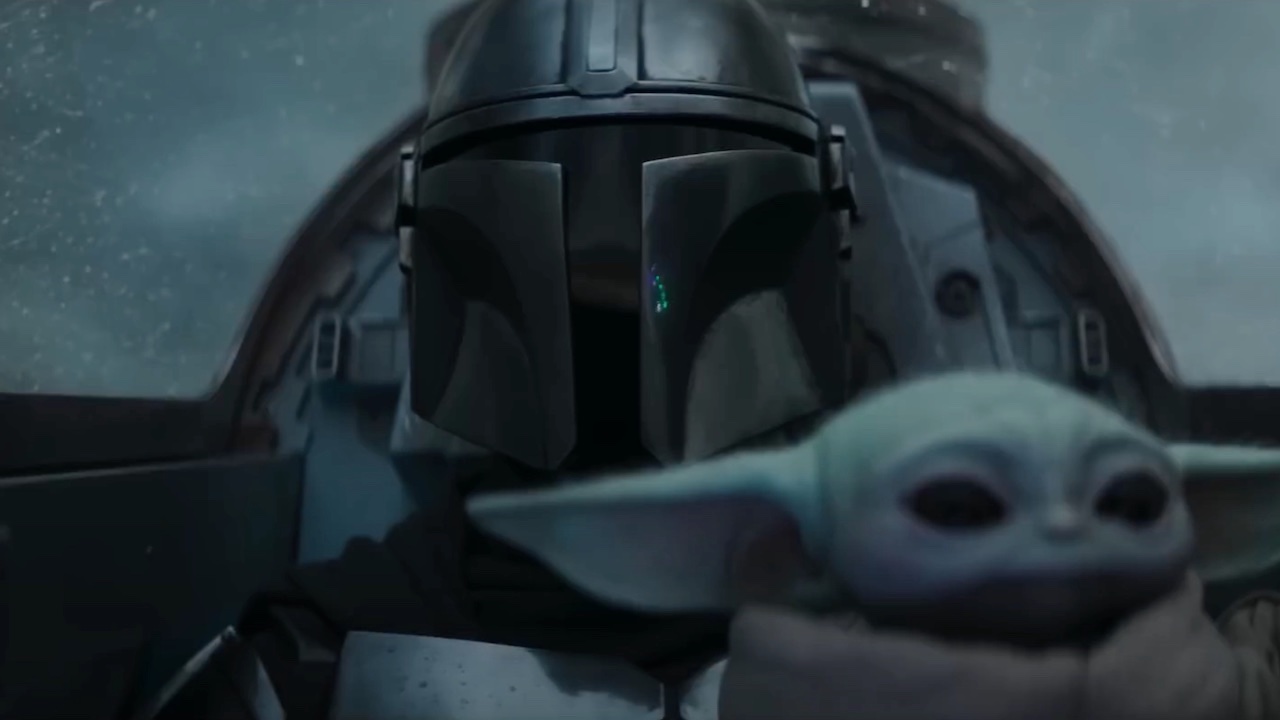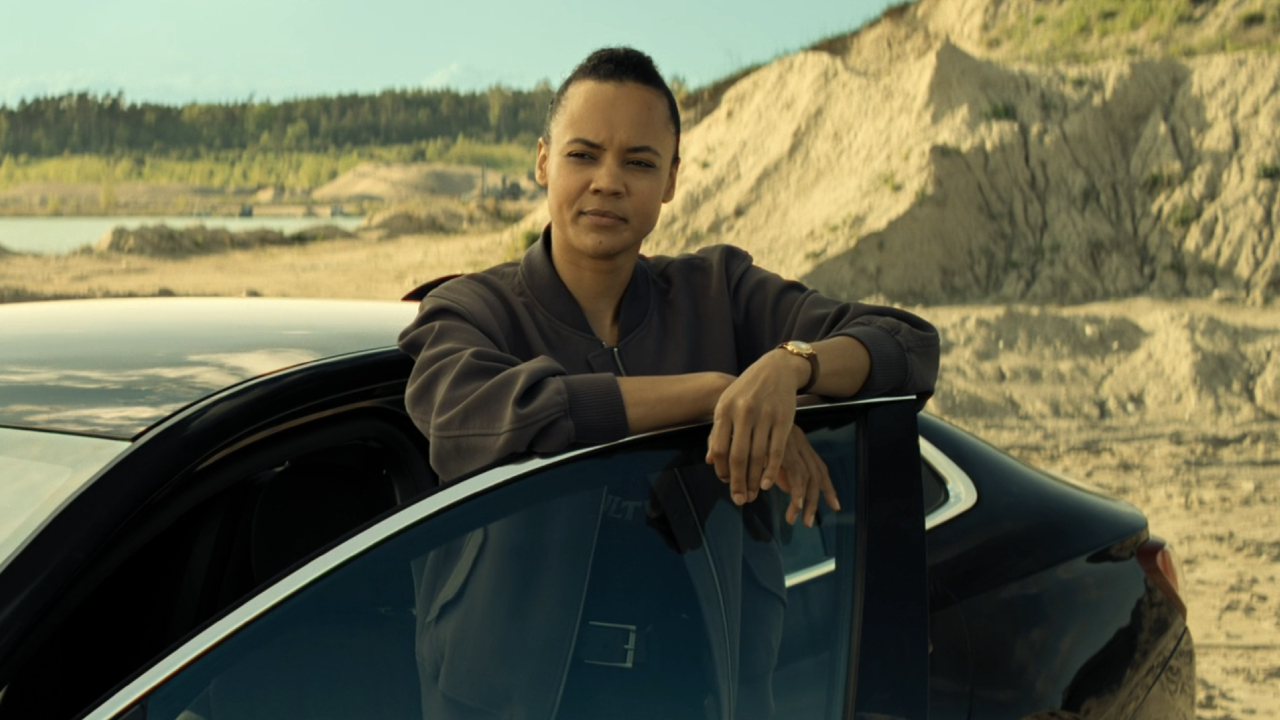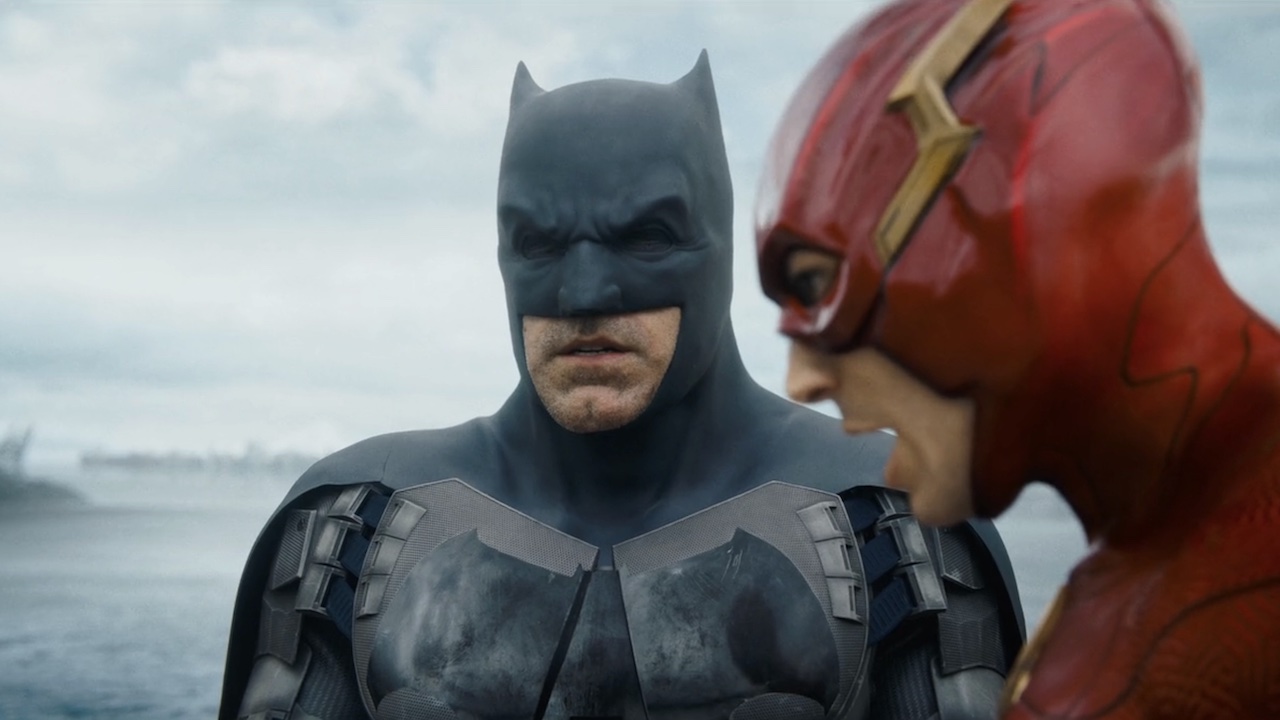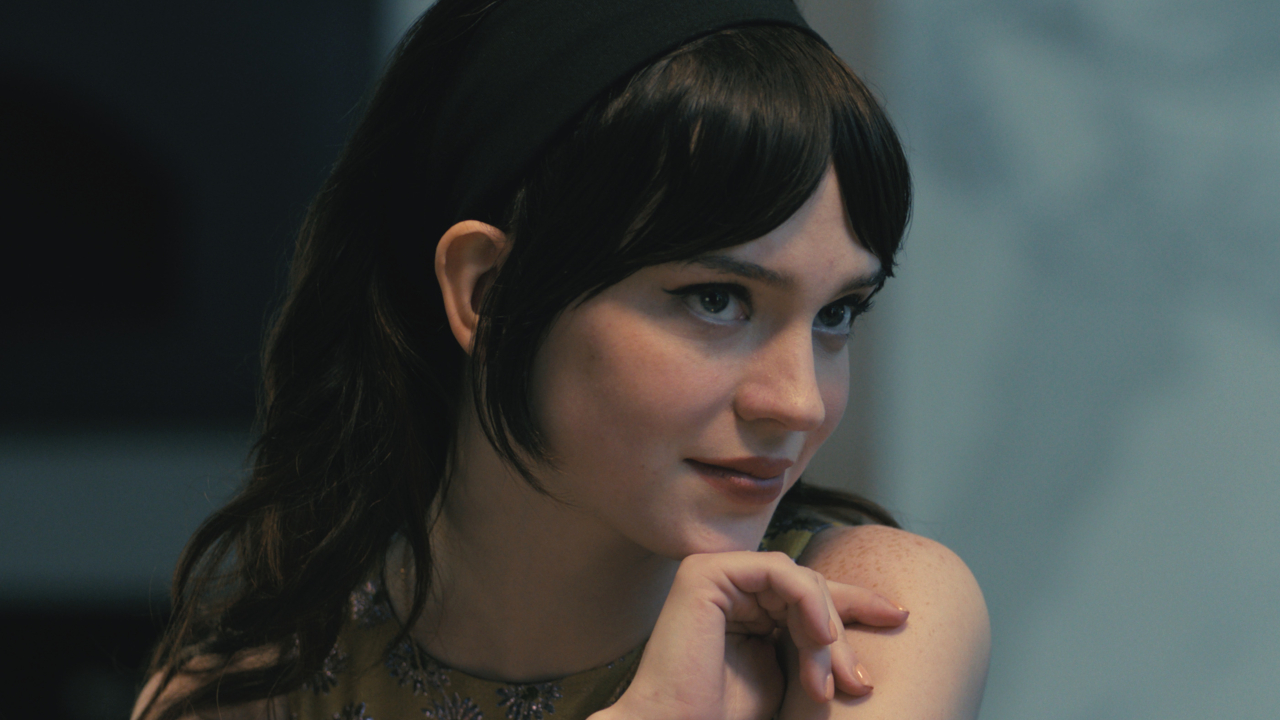The Hobbit Moves Forward: The Shire Rebuilt, And Peter Jackson Invests In RED
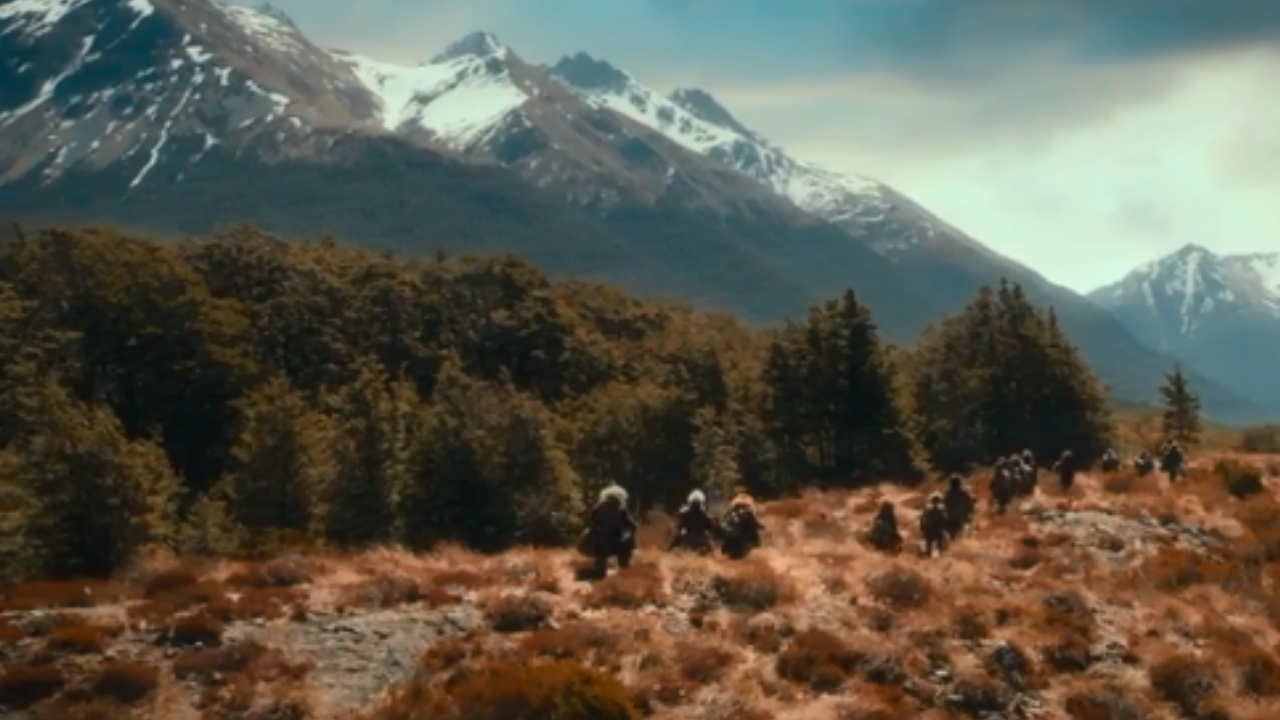
I hate to even suggest that The Hobbit is finally going to start filming, because the moment you get cocky is the moment the sets catch on fire again, Peter Jackson breaks both his legs, or newly cast Bilbo Martin Freeman realizes he's allergic to fake hairy feet and has to drop out. Production on this film has seemed uncommonly cursed, but all signs are now pointing to things actually moving forward-- including two major investments that are typically only made by people actually making a movie.
First up, the print edition of Total Film (revealed in a tiny scan online) shows the New Zealand hard at work at rebuilding the set for The Shire, the Hobbit home where we first meet Bilbo before he takes off on his journey with the dwarves. It's hard to see much, but it looks pretty much the same as the Shire we saw in the Lord of the Rings films, so you can infer the basic look from there.
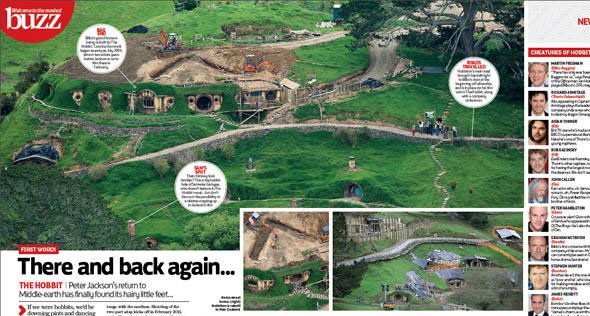
The other big news comes from a press release announcing that Peter Jackson has bought no fewer than 30 RED EPIC Digital Cameras on which he plans to shoot the movie in 3D. RED cameras aren't just your average 1080p Flip cams, but the highest-end digital cameras on the market, and a favorite of Steven Soderbergh and other filmmakers. With The Hobbit coming to theaters in 3D, it'll be another step along the way of merging the two big technology trends of the moment-- digital and 3D.
Peter Jackson already has a lot of experience using RED digital. He shot a short film with it called Crossing the Line. Here's the trailer for Crossing the Line, just to give you a taste of what RED can do:
The Hobbit is still on track to shoot in New Zealand early next year, so for God's sake, everyone cross your fingers and hunt down your lucky rabbit's foot. Even if you don't think the movie is a good idea-- and I'm not totally convinced-- another year's worth of "The Hobbit is delayed" stories is something I cannot face.
Here's the full press release with details on which RED cameras the production plans to use, for all you lovable, hardcore tech nerds:
RED announces that Peter Jackson's two film adaptation of The Hobbit will be shot in 3D using RED DIGITAL CINEMA'S soon to be released EPIC Digital Cameras.The successor to RED's industry changing RED ONE, the EPIC has 5K resolution, can shoot up to 120 frames per second and has a new HDRx™ mode for the highest dynamic range of any digital cinema camera ever made. Taking everything they had learned from building their first camera, RED designed the EPIC from scratch and have produced a smaller, lighter camera that is an order of magnitude more powerful.The Hobbit will be amongst the first productions in the world to use the EPIC and at least thirty cameras will be required by the 3-D production. The EPIC'S small size and relatively low weight, makes it perfect for 3-D - where two cameras have to be mounted on each 3D rig.Jackson has a long history with RED, dating back to when he directed the short film 'Crossing the Line' as a very early test of prototype RED ONE cameras. "I have always liked the look of Red footage." he says, "I'm not a scientist or mathematician, but the image Red produces has a much more filmic feel than most of the other digital formats. I find the picture quality appealing and attractive, and with the Epic, Jim and his team have gone even further. It is a fantastic tool, the Epic not only has cutting edge technology, incredible resolution and visual quality, but it is also a very practical tool for film makers. Many competing digital systems require the cameras to be tethered to large cumbersome VTR machines. The Epic gives us back the ability to be totally cable free, even when working in stereo."Jim Jannard the owner and founder of RED flew to New Zealand earlier this year with members of his team so that Jackson could test the EPIC and assess its suitability. "Everybody at RED is incredibly proud that Peter has chosen the Epic" says Jannard, "The Hobbit is a major production, and could have chosen any camera system that they wanted. The fact that they went with us is extremely gratifying."The Hobbit will start shooting in New Zealand early next year.
CINEMABLEND NEWSLETTER
Your Daily Blend of Entertainment News
Staff Writer at CinemaBlend

